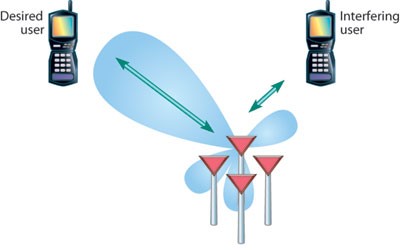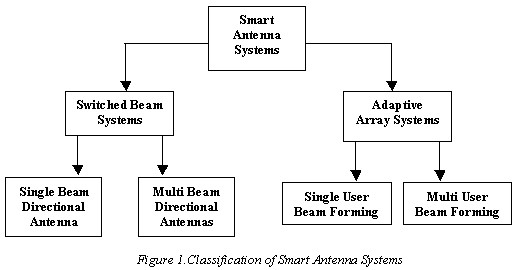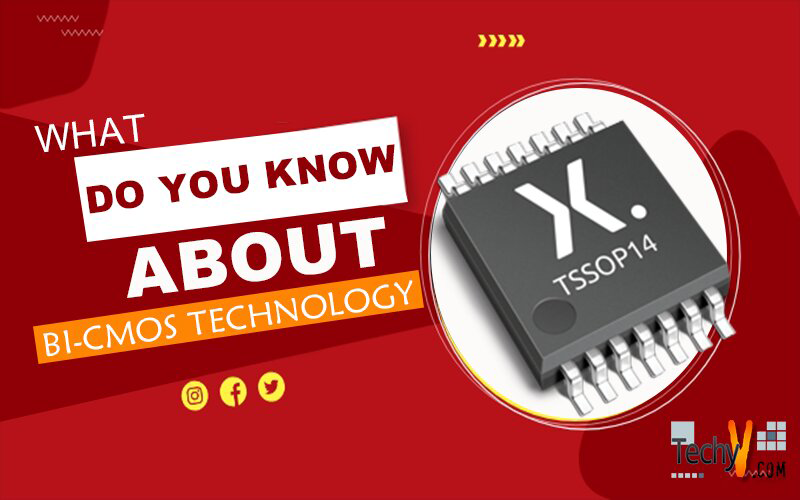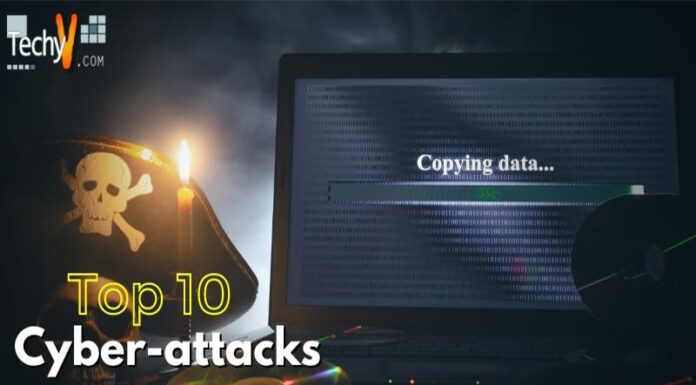We often hear words such as antennas, signals, etc. when it comes to some appliances such as Televisions, mobile phones, radios, etc. But we have never gone into depth to know more about them and what do they do. Did you? Let us learn more about it.
For the diverse effect at the destination (which is usually called receiver) and at the source point (which is called transmitter), or both sometimes, we use a digital wireless communications basically known as a Smart Antenna. To reduce the rate of error occurrence and to increase the data speed, diversity effect is used. Reception and transmission of multiple radio frequency (RF) waves is included here.

Two antennas are used in the conventional wireless communications, where source contains a single antenna and the destination contains another single antenna. This is basically termed as single input, single output system i.e., SISO. These systems are easily attacked by the threats caused by multipath effects.
Many paths are created to reach the destination, when there is an obstruction got hit by an electromagnetic (EM) field. Obstructions such as utility wires, canyons, hills, buildings, lead to the scattering of wavefronts, which finally leads to various paths. Issues such as intermittent reception which is also called picket fencing, fading, cut-out which is also called cliff effect will be raised if the portions of the signal arrives late to the destination.
In digital communication systems, there are chances of increase in the rate of errors and decrease in the speed of data, like in the Internet. All these issues of multipath wave propagation can be eliminated with the use of smart antennas.
There are three main categories of small antennas that are widely being used now-a-days. First one is Single input and multiple outputs denoted by SIMO, Multiple inputs and multiple outputs termed as MIMO, Multiple input and single output denoted by MISO. Here each of them differs by the number of antennas used. At source only one antenna is used, whereas at destination two or more antennas are used in SIMO. In MIMO both the source and destinations have multiple antennas used. Multiple antennas at the source and single antenna are used at destination in MISO.
Due to its advantages such as usability, flexibility, and as it reduces the issues raised by the adverse effects of multipath propagation, it is the mostly used technology when it comes to the smart antennas.

There are two types of smart antennas. Smart antennas that are based on adaptive array and the smart antenna based on the switched beam are those two types. Several fixed beam patterns are available in the switched beam systems. Based on the requirements of the system, a decision of selecting the beam to access has to be made at any given point in time. Adaptive arrays nulls and doesn’t allow the interfering signals, when an antenna steers the beam in any direction needed simultaneously. Estimation methods such as direction-of-arrival can be used to estimate and predict beam direction.


















